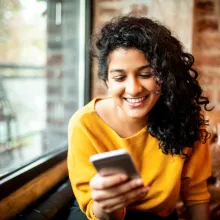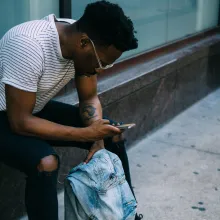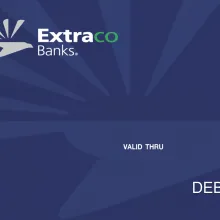What makes a transaction appear suspicious and generate an alert?
We look at many variables when determining that a transaction is suspicious and potentially fraudulent (for example, the number, dollar amount and rate of transactions, merchant type and location). We also monitor prior geographical debit card usage, for example, a transaction that is presented from a location not consistent with other account transactions may block further usage of your card. In some cases, the characteristics of multiple transactions may raise suspicion. So, the alert you receive may ask about more than one transaction. New account holders may initially receive more fraud alerts until a card use history can be built up (typically the first 30-45 days). Once we know normal card use patterns, these alerts will subside by recognizing typical behaviors.















